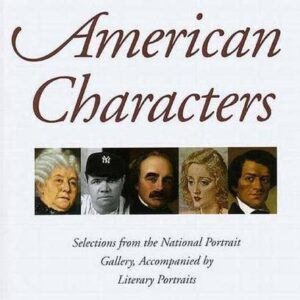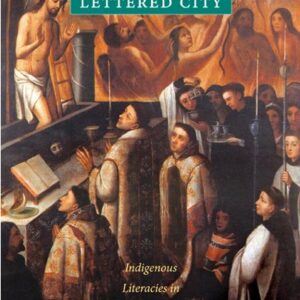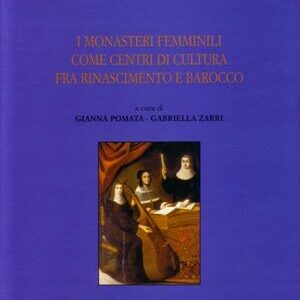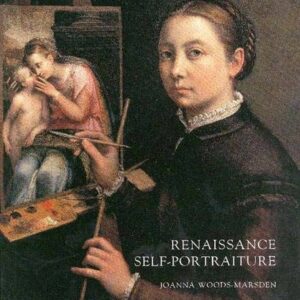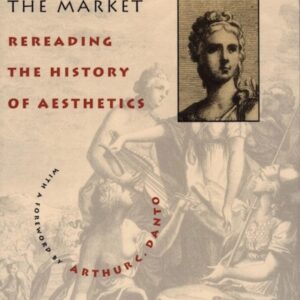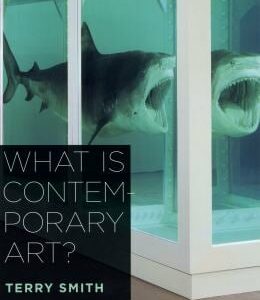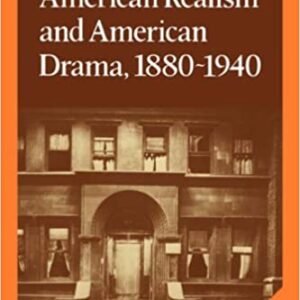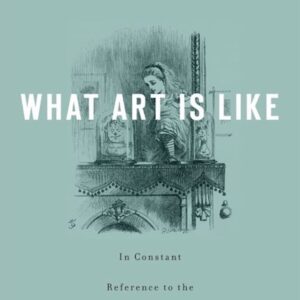
What Art Is Like, in Constant Reference to the Alice Books
By Miguel Tamen (NHC Fellow, 2010–11) What Art Is Like is a comic, serious inquiry into the nature of art. It provides welcome relief from prevailing modes of explaining art that involve definitions, philosophical claims, and critical judgments put forth by third parties. Scrapping all such chatter, Miguel Tamen’s aphoristic lark with aesthetic questions proceeds by taking … Continued
